The recent decision by the United States to significantly increase tariffs on Chinese graphite has sent shockwaves through the global electric vehicle (EV) battery supply chain. Graphite, a critical component in lithium-ion batteries, is predominantly sourced from China, which controls over 60% of the world’s natural graphite production and nearly 90% of the refined graphite used in battery anodes. The move is part of a broader strategy by the Biden administration to reduce reliance on Chinese materials and bolster domestic supply chains. However, the feasibility of decoupling from China in this sector remains a contentious issue, with experts divided on whether the West can realistically achieve self-sufficiency or even diversify supply chains in the near to medium term.
The graphite dilemma lies at the heart of the EV revolution. As automakers race to meet ambitious electrification targets, the demand for high-quality graphite has skyrocketed. China’s dominance in this space is not accidental; it results from decades of strategic investment in mining, processing, and manufacturing infrastructure. The country’s ability to produce graphite at scale and low cost has made it indispensable to battery makers worldwide. Even as Western governments push for "friend-shoring" or reshoring, the lack of alternative suppliers with comparable capacity and expertise poses a significant hurdle. "China’s grip on the graphite market is like OPEC’s hold on oil in the 20th century," remarked one industry analyst. "You can’t just flip a switch and replace it."
Efforts to diversify the supply chain are underway but face formidable challenges. Countries like Canada, Mozambique, and Brazil possess substantial graphite reserves, but extracting and processing these resources to battery-grade standards requires massive capital expenditure and years of development. Meanwhile, synthetic graphite, an alternative to natural graphite, is even more energy-intensive and costly to produce, often relying on petroleum byproducts—a non-starter for sustainability-focused automakers. Tesla, for instance, has been exploring synthetic graphite options but has yet to scale production to meet its gargantuan needs. The reality is that no single country or region currently has the infrastructure to match China’s output, leaving the global EV industry in a bind.
Another layer of complexity is the interconnected nature of battery materials. Graphite is just one piece of the puzzle; lithium, cobalt, and nickel supply chains are similarly concentrated in a handful of countries, many of which are politically unstable or aligned with China. Even if the U.S. or Europe succeeds in securing alternative graphite sources, they must still contend with bottlenecks elsewhere in the supply chain. For example, China processes nearly 70% of the world’s cobalt, another critical battery ingredient. This interdependence makes true "de-risking" from China a herculean task. As one battery manufacturer put it, "You can’t reshore one material and ignore the others. The entire ecosystem needs to shift, and that’s a decades-long project."
The Biden administration’s tariffs are, in part, a gambit to stimulate domestic production. The Inflation Reduction Act (IRA) includes incentives for battery component manufacturing in North America, and companies like Novonix and Syrah Resources are racing to establish graphite operations in the U.S. and Australia. However, these initiatives are in their infancy, and scaling them to meet demand will take years—time that automakers may not have. "The IRA is a step in the right direction, but it’s not a silver bullet," said a spokesperson for a major EV manufacturer. "We’re talking about building an entirely new industry from scratch, and that doesn’t happen overnight."
Meanwhile, China is not standing still. In response to Western tariffs, Beijing has imposed export controls on certain graphite products, further tightening its grip on the market. Some Chinese firms are also investing in overseas mining projects, ensuring they retain influence even if production shifts geographically. This two-pronged strategy—leveraging export restrictions while expanding global reach—makes it exceedingly difficult for competitors to gain a foothold. "China is playing chess while everyone else is playing checkers," observed a trade policy expert. "They’ve anticipated these moves and have counterstrategies in place."
The ultimate question is whether EV battery supply chains can ever truly "de-Chinafy." While political rhetoric often frames decoupling as an inevitability, the economic and logistical realities suggest otherwise. Even with aggressive policy support, the West faces a steep climb to establish parallel supply chains that are both cost-competitive and resilient. In the short term, most industry players will likely absorb the higher costs from tariffs rather than abandon Chinese graphite altogether. Over the longer term, partial diversification may occur, but a full-scale exodus from China seems improbable. As one veteran energy analyst concluded, "This isn’t about replacing China. It’s about learning to live with—and mitigate—dependence on it."
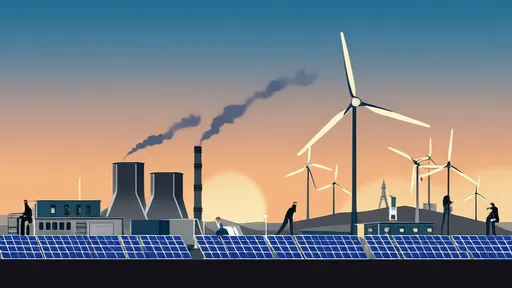
By /Jun 23, 2025
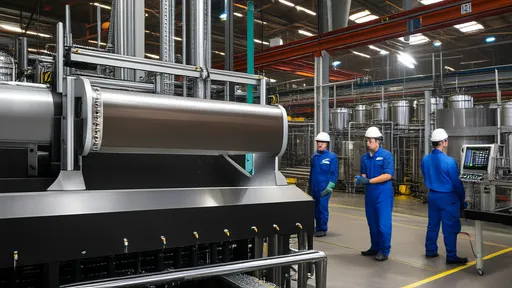
By /Jun 23, 2025
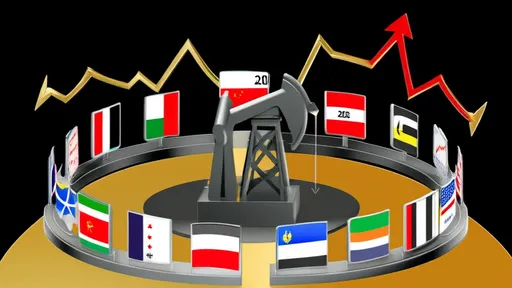
By /Jun 23, 2025
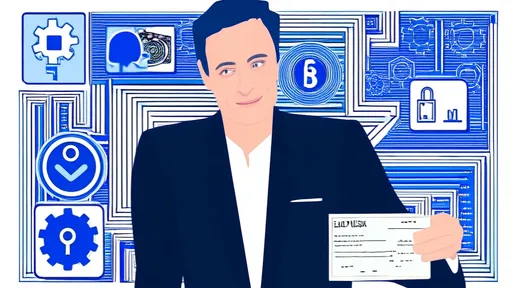
By /Jun 23, 2025
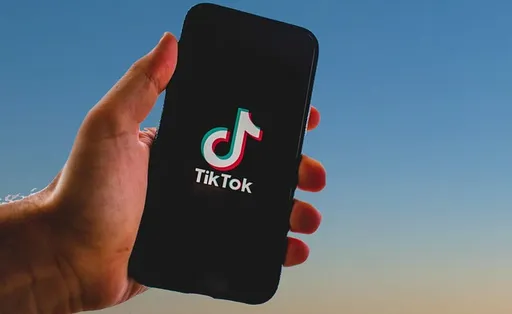
By /Jun 23, 2025

By /Jun 23, 2025
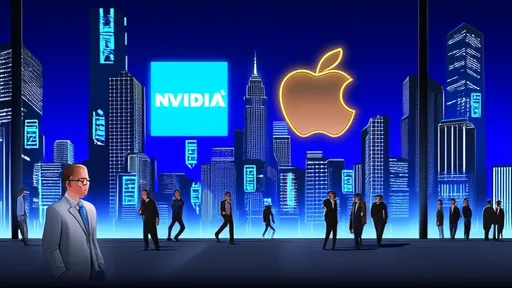
By /Jun 23, 2025
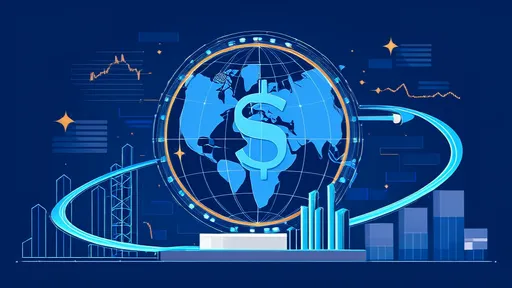
By /Jun 23, 2025
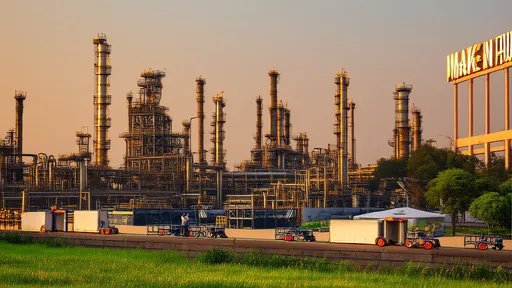
By /Jun 23, 2025
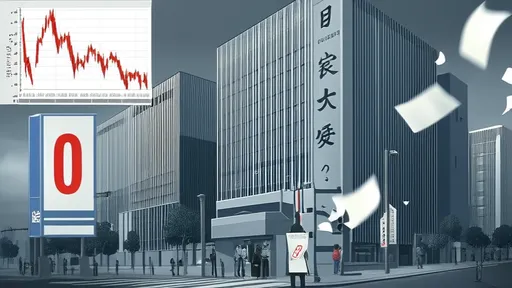
By /Jun 23, 2025
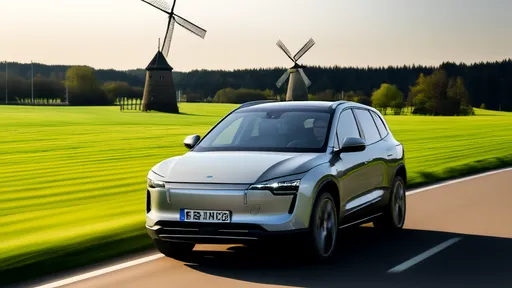
By /Jun 23, 2025
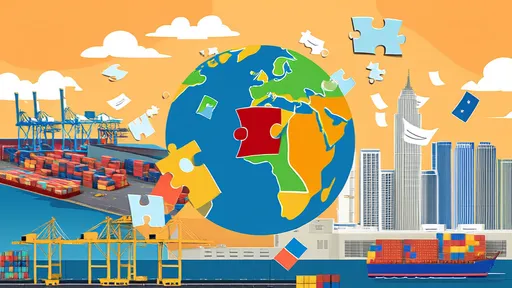
By /Jun 23, 2025
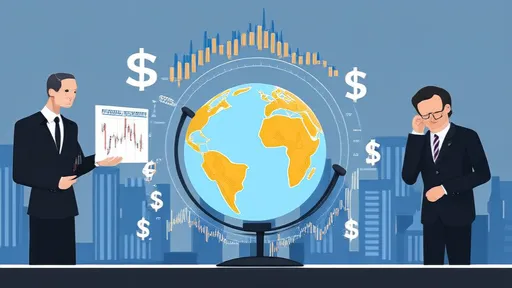
By /Jun 23, 2025
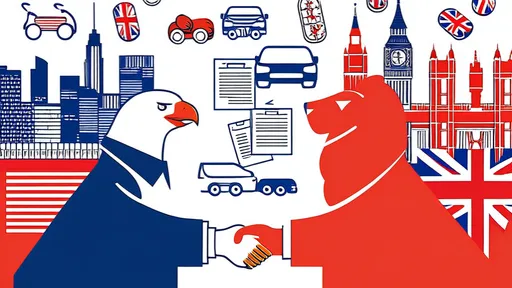
By /Jun 23, 2025

By /Jun 23, 2025
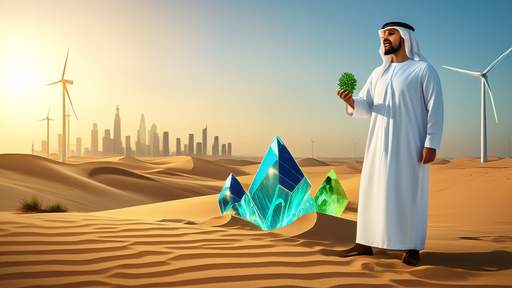
By /Jun 3, 2025
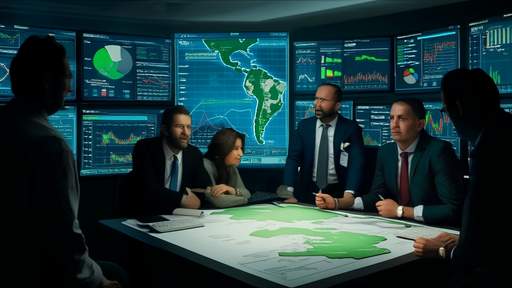
By /Jun 3, 2025